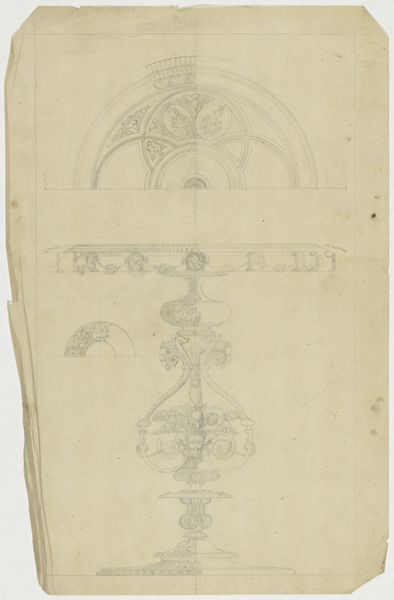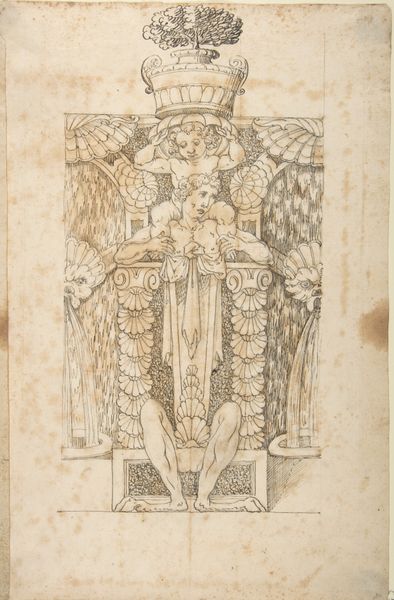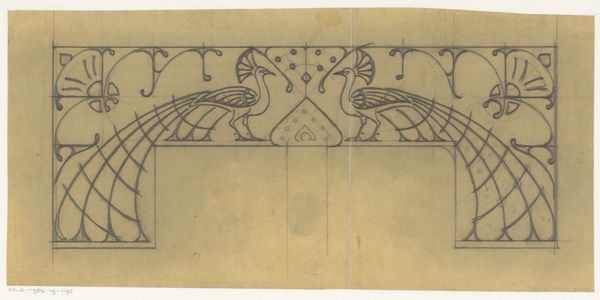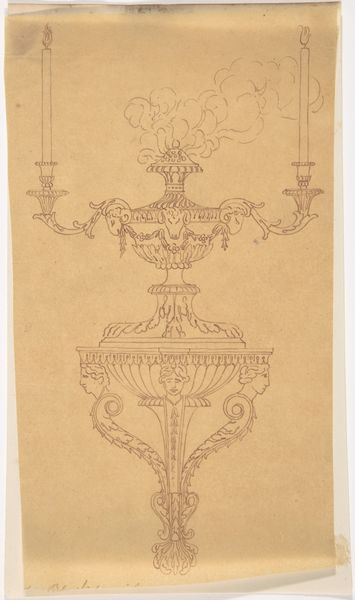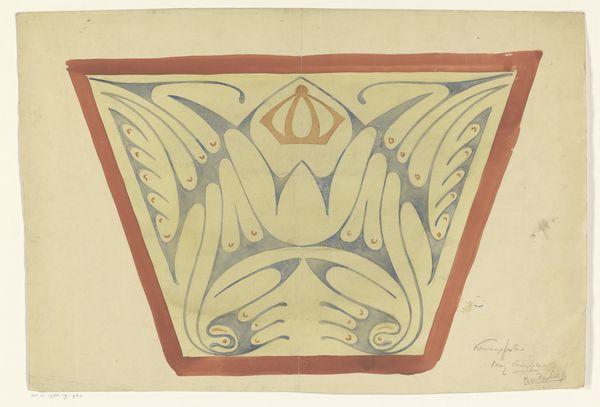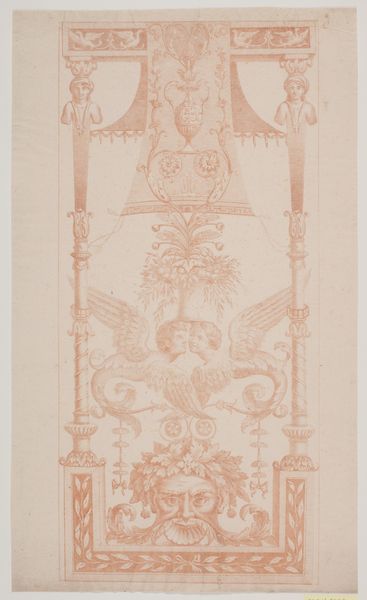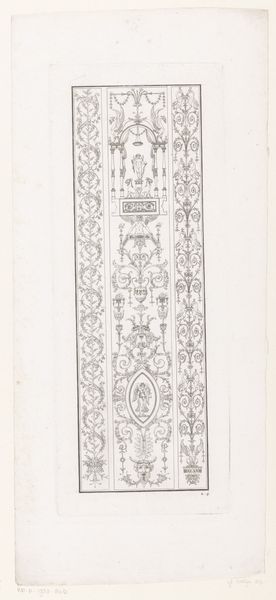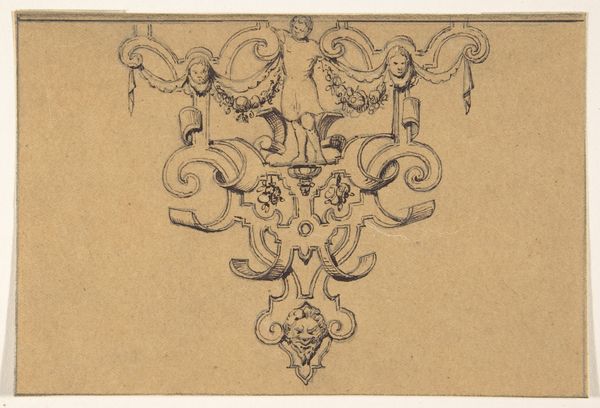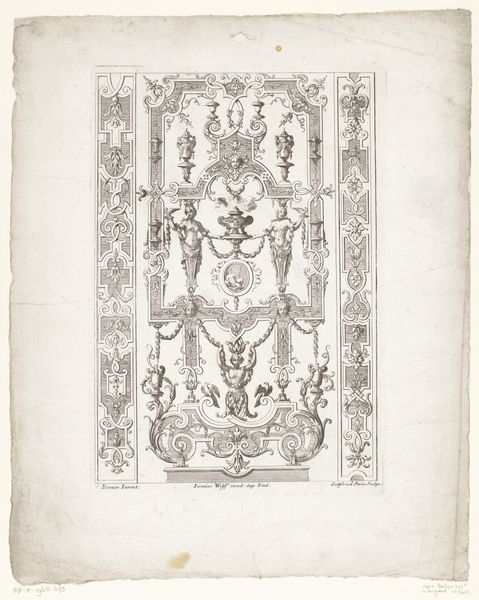
Omslagontwerp voor: Maandblad der Vereeniging voor verbetering van vrouwenkleeding, 1901 1901
0:00
0:00
drawing, graphic-art, paper, pen
#
portrait
#
drawing
#
graphic-art
#
art-nouveau
#
pen sketch
#
paper
#
pen-ink sketch
#
pen work
#
sketchbook drawing
#
pen
Dimensions: height 356 mm, width 241 mm
Copyright: Rijks Museum: Open Domain
Editor: Here we have Reinier Willem Petrus de Vries's design from 1901, sketched in pen on paper, for the "Maandblad der Vereeniging voor verbetering van vrouwenkleeding"—a magazine about improving women's clothing. I'm really struck by its illustrative quality, it’s almost like something out of Aubrey Beardsley. What kind of context can you give me for this artwork? Curator: This drawing provides fascinating insight into the Art Nouveau movement's intersection with early feminist discourse. It's more than just a magazine cover design; it represents a pivotal moment where art became a vehicle for social change, specifically concerning the role and image of women in society. The magazine itself aimed to liberate women from restrictive clothing, promoting comfort and practicality. Editor: Interesting. So the Art Nouveau style visually aligned with that social cause? Curator: Precisely. Art Nouveau, with its emphasis on flowing lines, natural motifs, and the idealized female form, became a visual language for expressing the "New Woman" – educated, independent, and breaking free from traditional constraints. The central, almost angelic figure, flanked by what seem to be supplicants, projects an image of empowered femininity. Editor: It’s striking to consider this piece as active engagement in public debate! It also looks so ethereal and serene... How was something like this generally received at the time? Curator: The reception would have been multifaceted, wouldn’t you think? Progressive circles likely embraced it as forward-thinking, while more conservative elements might have viewed it with skepticism or even disdain. This image wasn't passively decorative, it was part of a larger conversation about women's rights, social progress, and the public image of women. Editor: So looking closely allows us to read the image as part of broader conversations happening at the turn of the century! I see so much more in it now, than when I began. Curator: Exactly! Visual art holds powerful ties with public image and social transformation, a critical approach that opens up rewarding historical interpretations.
Comments
No comments
Be the first to comment and join the conversation on the ultimate creative platform.
